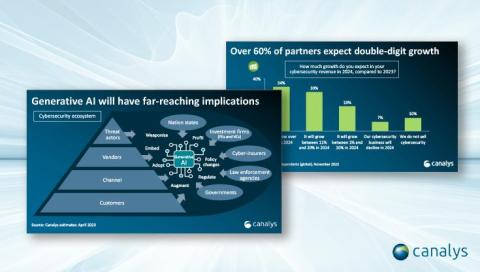Weak Authentication Attacks: 49% report high costs
Cyberattacks on large companies grab the headlines, creating the false impression that only big organizations are targeted by cybercriminals. This misleads smaller companies into believing that they are not potential targets because of their size or low profile. However, threats against small and medium-sized companies have been a cause for concern in recent years. Experts warn that companies with fewer than 100 employees are especially vulnerable to a range of threats.



